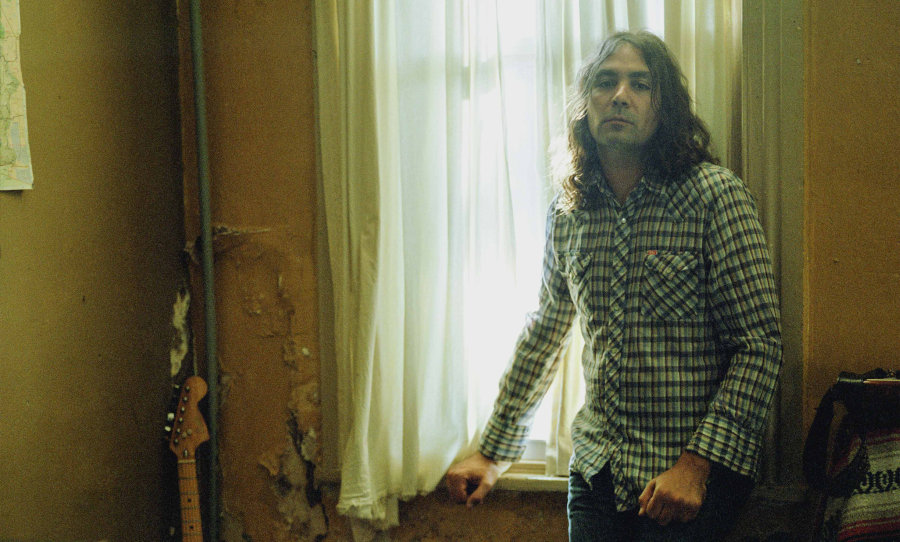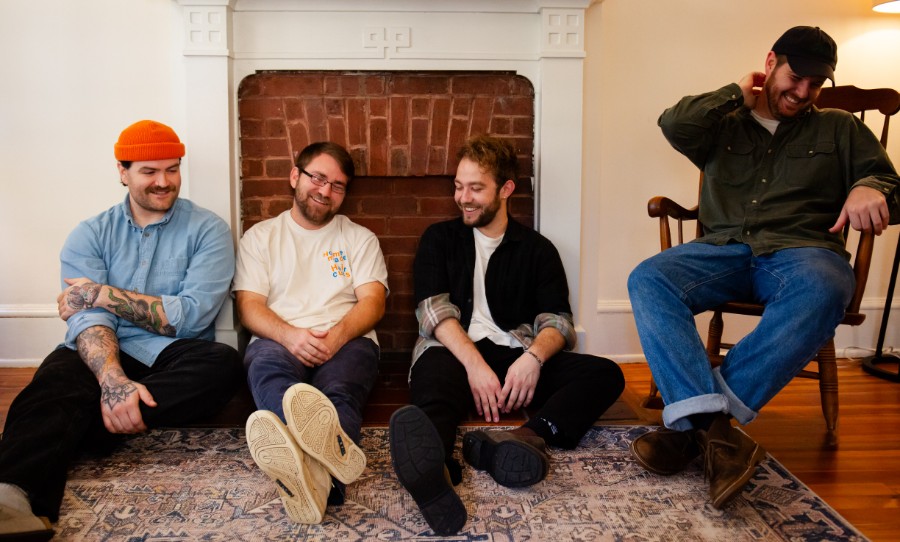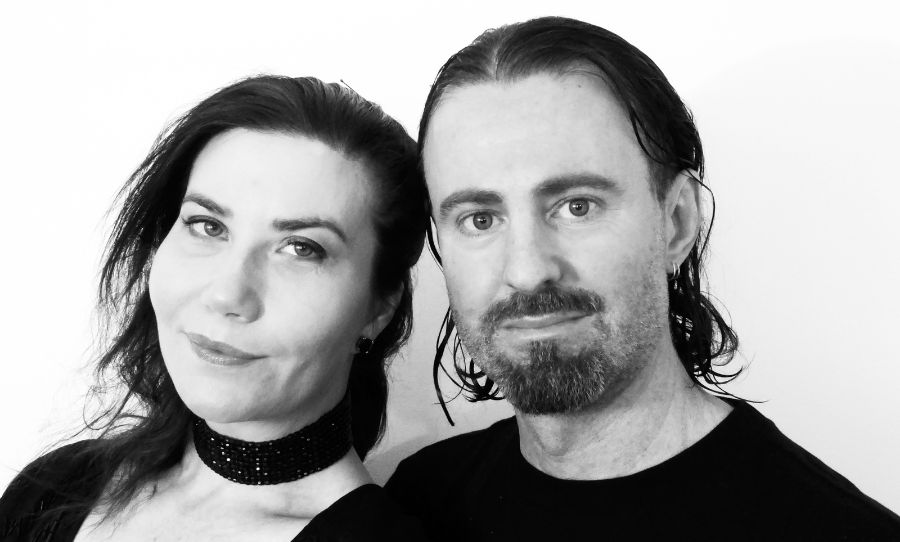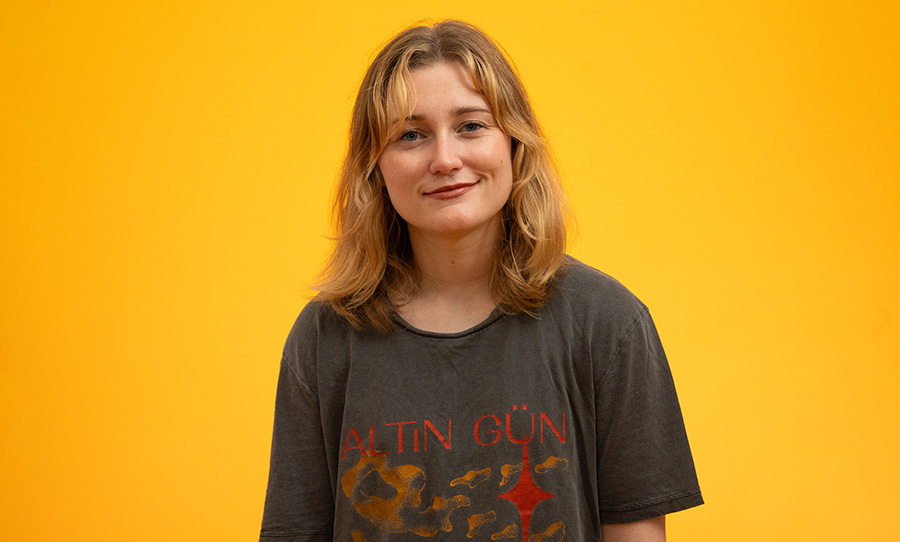Lost in the Dream pays homage to classic ’70s and ’80s rock acts such as Springsteen and Neil Young. Still, it manages to encapsulate its own sense of nostalgia.
Released in 2014 to critical acclaim after a period of loneliness and depression suffered by The War On Drugs frontman Adam Granduciel, Lost in the Dream expresses much more than this fleeting feeling.
Although the album wears its influences on its sleeve, it is done so with meticulous craft, sounding like catharsis itself. It’s an expression of emotional wreckage poured into a hazy dew. Enthralling moments of bliss and wonder allow this record to stand the test of time and remain as the band’s standout release.
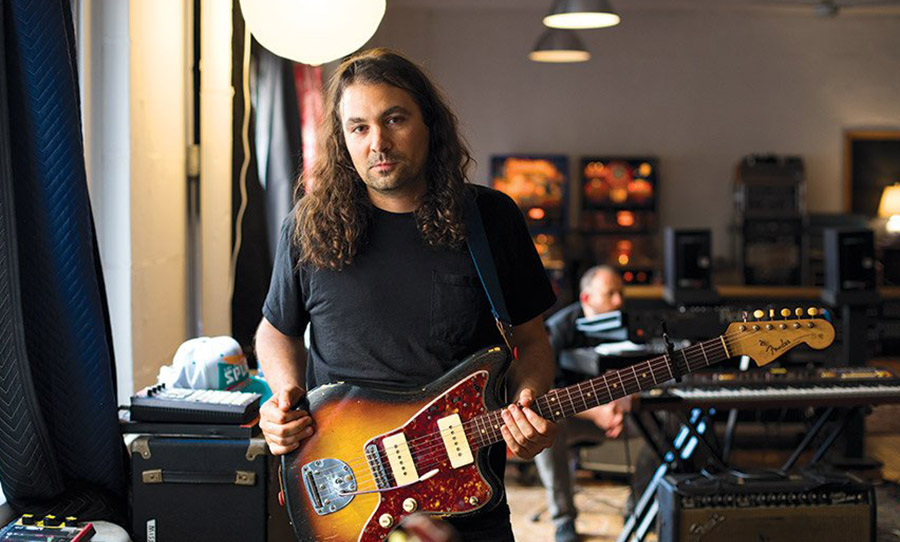
A solo venture
Lost in the Dream is the third album by the band, The War on Drugs. Although the band is under TWOD moniker, the majority of the songs are written and composed by one man. Singer/Songwriter Adam Granduciel recorded the album over a two-year span across multiple locations from Philadelphia to New York.
The bulk of the album was recorded from within the confines of his home, which even acts as the backdrop for the albums artwork. Granduciel’s album credits express the talent and vision that he poured into this record. The list of roles played by Adam (in alphabetical order) include:
12-string guitar, acoustic guitar, ARP Omni, ARP String Ensemble, arranger, art director, composer, drums, dubs, electric guitar, electronics, engineer, Fender Rhodes, harmonica, LinnDrum, mixing, Oberheim synthesizer, organ, percussion, photography, piano, producer, publishing, slide guitar, synthesizer, vocals, Wurlitzer electric piano, Wurlitzer piano.
Adam details the writing process by saying:
“I think in the past I always had a bunch of sounds that I was trying to sculpt into songs and this time it was about trying to write it or have a really good first impression on tape and then once you have a solid song, melody, then you can start playing with the arrangement and the sounds”.
The recording process was nothing short of arduous for The War on Drugs, as many of the songs were being constantly scrapped or rewritten.
The sound of dreams
The third studio album by the rock outfit saw the nuanced songwriting take shape through holding on to a feeling and really letting it draw out through its own devices.
One of the most mesmerising and beguiling things about this record is the lack of urgency – everything is just holding on to that special place and point in time. The beat never feels like it’s slipping away and the transitions between sections are drawn out, allowing room to breathe.
Most of the songs on the record feature a sea of delayed panoramic guitars drenched in a haze of reverb and tremolo. The album is at times blissful and at times enthralling with effects often used to encapsulate or prolong a feeling.
Extended instrumental sections, often dense with layers of instrumentation and reverberation flourish in songs like An Ocean In Between the Waves and Under the Pressure. The War on Drugs has mastered the craft of dense arrangements while still allowing instruments to sing in their space.
Granduciel says of this stylistic approach on the record: “I like things to be dense, but without feeling overwhelming“.
Dedication to the craft
With equal amounts of discovery and experimentation, Granduciel has used his love of gear, recording and nostalgia to allow his classic-rock roots to flourish. He considers himself a perfectionist and a hard worker, which comes across in the execution of the record.
Grandluciel describes the lengthy process of writing a song on his own. Often late at night in the confines of his home, he will listen to the same few chords, the building blocks of a song, over and over until he hears a melody stemming from it and records it on the spot. Granduciel believes that the feeling of the song is the driving force and it is often built upon over a long period of time.
From the studio to the stage
Although the recording process for The War on Drugs is largely orchestrated by Adam himself, he considers the recordings and the live acts completely separate endeavours. The live band for Lost in the Dream, features good friends and long-term collaborators, Dave Hartley and Charlie Hall.
Granduciel is open about being the lynchpin and mastermind behind the recording process but expresses the importance and influence of his fellow musicians in a live setting.
Take a look at this KEXP session from 2014 below:
Inner feelings and outer desires
Granduciel has spoken openly about his mental health concerns especially whilst recording this particular album. He has revealed the frequent panic attacks that occurred throughout the making of Lost in the Dream, which caused him to isolate himself in his home for days on end and quarrel over the songs.
The constant re-recordings and changes of arrangement are presumably a direct result of the inner turmoil he was experiencing at the time. This particular feeling emanates throughout the record, as you can hear the desperation and earnestness seeping throughout.
Lost in the Dream is an impeccable array of determination and hard work held together by a fascination and ode to classic rock songwriting forms and folk melodies.
